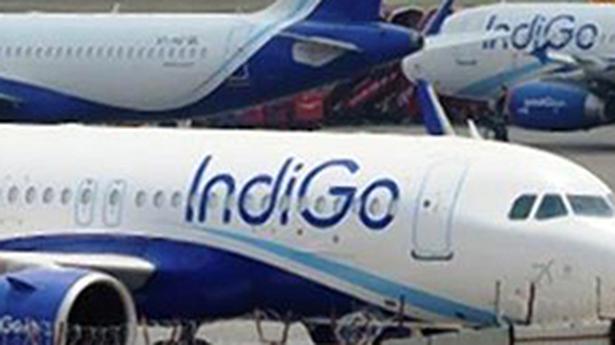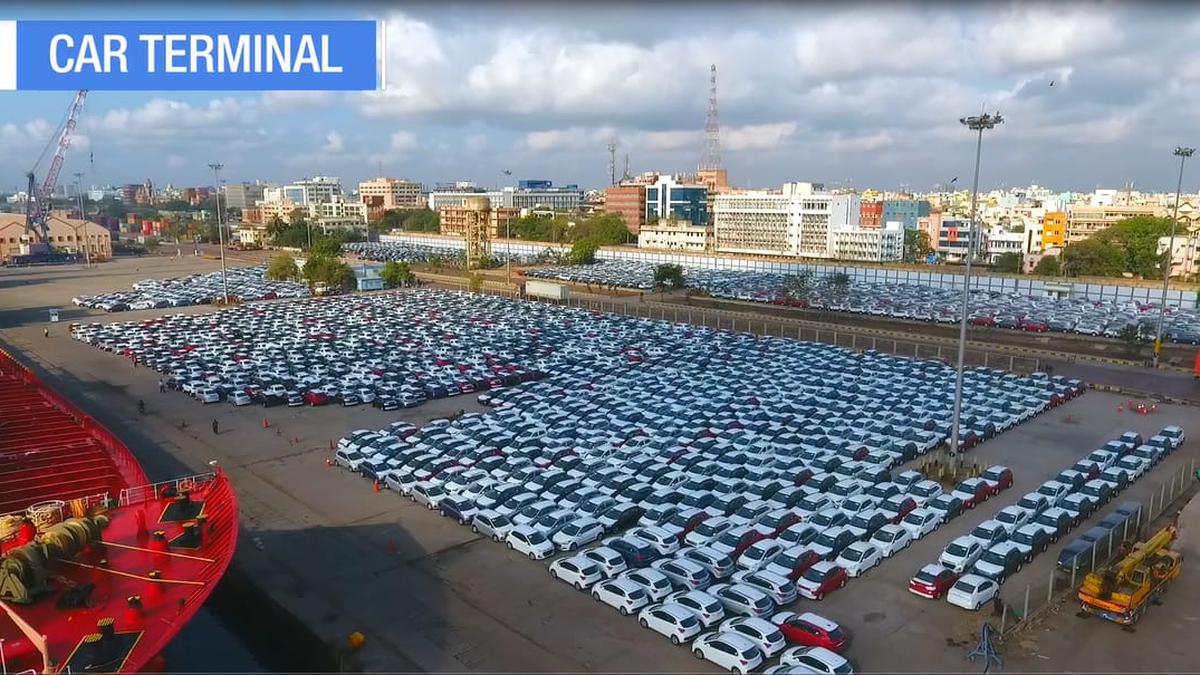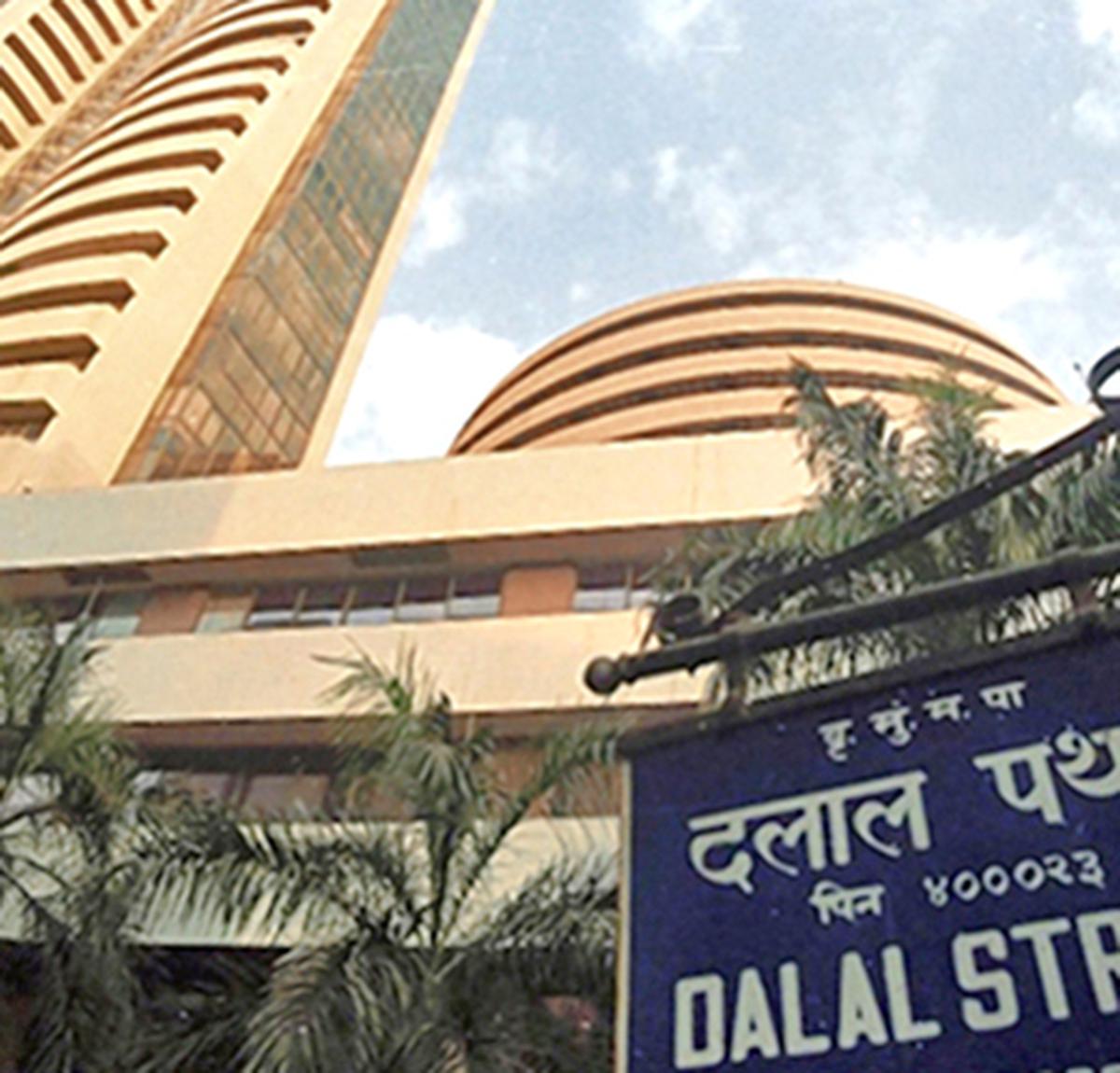Airlines will watch for passenger response during the lean months of July-September
Airlines will watch for passenger response during the lean months of July-September
With the rise in fuel prices, domestic and international airfares have witnessed surge by up to 50% in the past few months, according to data from online portals.
A ticket for New Delhi to Mumbai booked on Saturday for a flight within the next 15 days will cost a customer ₹8,576 as compared to ₹5,675 in January this year – an increase of 51%. Similarly, a flight ticket for Bengaluru to New Delhi within the same booking window will cost ₹9,674, which is a 38% increase from ₹6,984 five months ago. And, a Mumbai to Varanasi air ticket is up by 47% to ₹8,565 as compared to ₹5,810 in January.
Data from travel portal ixigo shows that airfares were higher by 27% to 50% on various domestic routes even in the month of May.
“Fares right now are the highest we have seen on the domestic side post-COVID,” says Manan Bajoria, VP, Growth Marketing & Analytics, ixigo.
Yet, airlines in May flew the highest number of passengers since the pandemic at 1.20 crore passengers.
International flights which returned to their pre-COVID-19 levels from March 27 are also costlier as compared to 2019. A Mumbai-New York one-way fare in May 2022 was at ₹70,296, a 53% rise from ₹33,265 in May 2019, and an air ticket for a Bengaluru to London flight at ₹51,223 was 18% costlier and Mumbai to London was 52% costlier.
“However, despite rising airfares, interest in international travel this summer is strong due to pent-up demand with international travel resuming fully after 2 years. South east Asia, Middle East & Europe are the top summer destinations this year. Search queries for UAE, US, UK & Canada are seeing a week-on-week growth,” says Mr Bajoria.
Recently, SpiceJet’s Chairman and Managing Director Ajay Singh said that airlines were left with no choice but to immediately raise fares, and that a minimum of 10-15% increase was required to ensure sustainable cost of operations. He attributed this to a 120% increase in ATF prices since June 2021 as well as the weakening rupee as a significant chunk of airline costs is dollar denominated. Fuel he said now accounted for more than 50% of the airline’s operating costs, higher from earlier levels of 30%-40%.
Vistara’s CEO Vinod Kannan too has said that an increase in airfares was ‘inevitable’. IndiGo has also called for the need to raise the upper limit of the fare bands imposed by the government for bookings 15 days before the departure.
The rising cost of ATF has compelled airlines around the world to raise airfares, and the International Air Transport Association (IATA) in its latest global outlook says that such a move will not deter travelers because of the massive pent-up demand for travel after a gap of two years as well as personal savings accumulated during the pandemic, but the price insensitivity could fade in 2023 as consumers have filled their travel deficit.
While increased airfares so far was backed by a strong demand for travel, airline CEOs will watch how passengers respond to the hike once the summer break draws to a close and the industry enters the lean travel season from July to September.
“We have to cross our fingers, wish, pray and see what happens,” Vistara’s CEO told reporters recently. The bigger players in the market such as IndiGo, with much larger number of planes to fill, will determine which way other players go.
“We are 9% of the market share. 91% of the market is determining fares and pricing to a certain extent. Where I bring some value to the table and I can justify that value, which is on international and certain [other] routes, we will try and do that [raise fares]. But on other routes we will have to see how the market behaves.”





